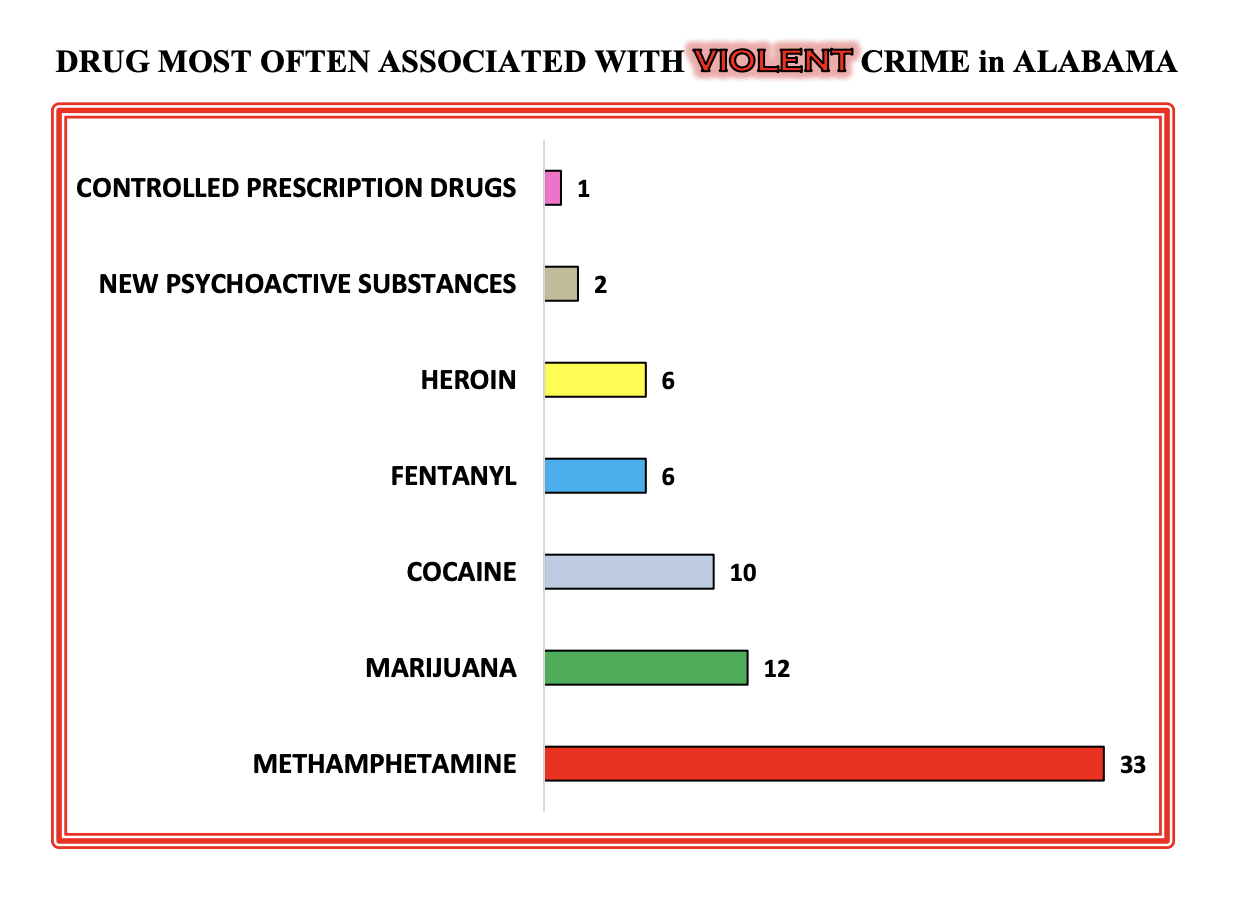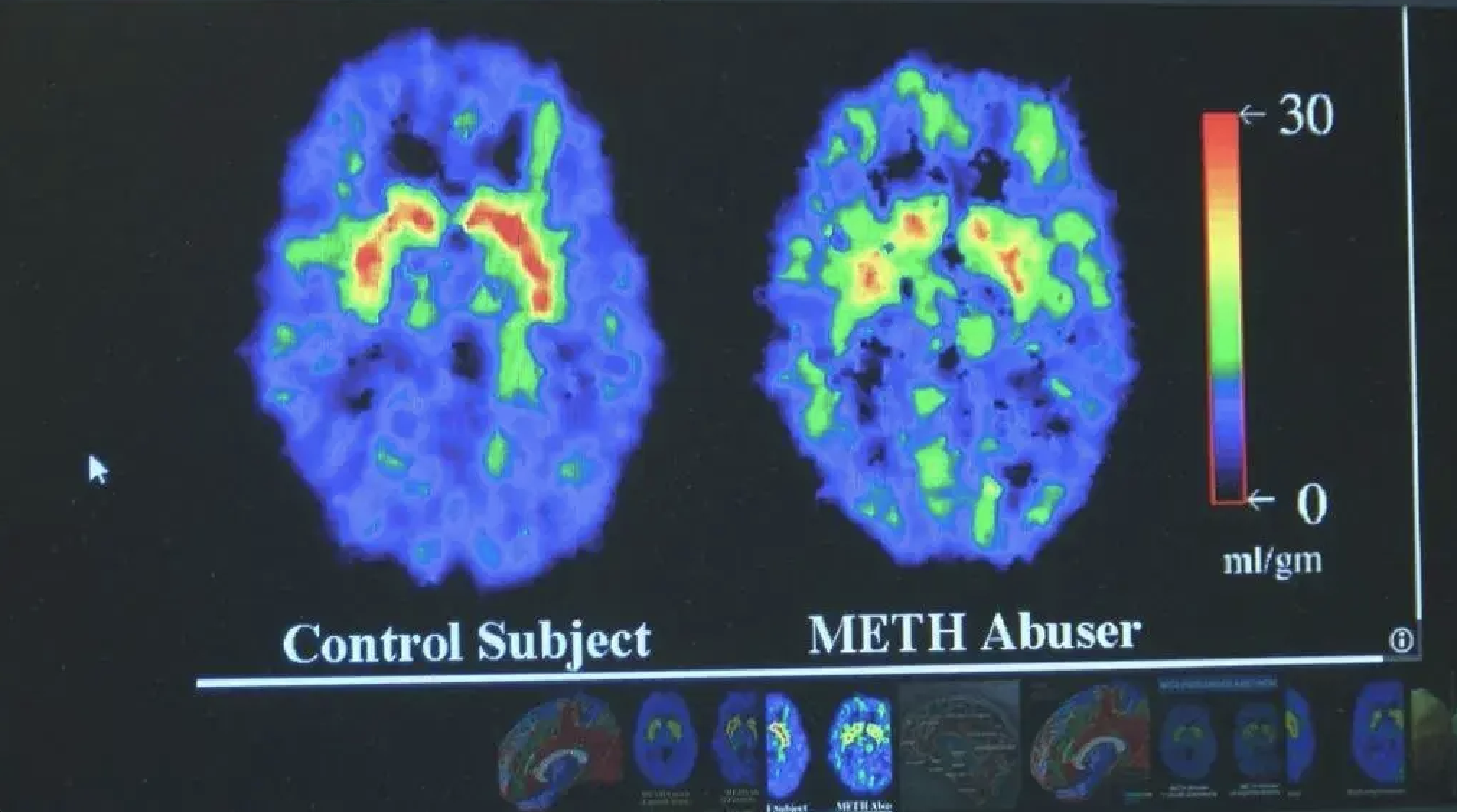On July 19, the National Institute on Drug Abuse awarded over $4.3 million to InterveXion Therapeutics, an Arkansas-based biopharmaceutical company developing a medication for methamphetamine use disorder that’a inching closer to the first clinical human trials. IXT-m200 is intended to block the effects of meth by absorbing the molecule in the bloodstream before it reaches the brain.
Unlike opioid use disorder, methamphetamine use disorder doesn’t yet have any medications approved by the Food and Drug Administration. InterveXion is developing an “anti-METH antibody treatment,” which some will probably call a “meth vaccine” (as with cocaine and opioids) but is more or less the equivalent of long-acting injectable buprenorphine.
“Pharmacotherapies for treating methamphetamine addiction have traditionally sought to lessen [central nervous system] effects by substituting for (agonist therapies) or blocking (antagonist therapies) methamphetamine at its site(s) of action,” InterveXion states on its website. “[T]his development strategy has thus far failed to produce an effective, non-addicting, safe medication.”
“Agonist therapies” would refer to pharmaceutical stimulants like Adderall or Ritalin. They do in fact have evidence substantiating their safety as meth substitutes, but the reason they aren’t considered effective in the United States is because the only outcome metric these studies ever use is sustained abstinence. If you evaluated them in terms of alleviating withdrawal and reducing cravings, which is more along the lines of what a meth vaccine would do, agonist medications would look a lot more promising.
InterveXion, which has been getting federal funding for anti-meth endeavors since at least 2009, is also pursuing a second application for IXT-m200 as a short-term emergency department intervention for alleviating meth overdose, AKA overamping.
Overamps tend to safely alleviate themselves, and that’s really the crux of why none of these proposed meth meds are ever going to be relevant—they’re going after the wrong thing. The biggest harms associated with meth use aren’t medical. They’re legal.

Police don’t respond to overamps as medical emergencies. They respond to them as public disturbances, and crimes in progress. No other state-banned substance is woven into the criminal-legal system the way meth is, and if any of the researchers interested in pharmacological interventions for meth use were a bit more invested in reducing harms, they’d measure success by whether it reduced arrest and incarceration.
“In some areas of the country, [meth] poses an even greater threat than opioids, and it is the drug that most contributes to violent crime,” National Institute on Drug Abuse (NIDA) states on its website. “Beyond its devastating effects on individual health, methamphetamine misuse threatens whole communities, causing new waves of crime, unemployment, child neglect or abuse and other social ills.”
Though NIDA’s citation for that claim doesn’t say anything about “violent crime” one way or the other, it is true that law enforcement departments frequently cite meth as the catalyst for doing crimes. Government materials on meth overwhelmingly characterize users as uniquely dangerous, warning that “[t]weakers tend to arm themselves” before they go do crimes, or that meth turns parents into pedophiles.

The link between doing meth and doing crimes is definitely real, but mostly involves property theft undertaken to pay for meth rather than, say, child abuse. Stimulant agonist medications like Adderall could alleviate much of the need to engage in criminal activity, but this is complicated by the fact that prescription stimulants are subject to a version of the same stigma.
Even in overdose data, the Centers for Disease Control and Prevention usually divides stimulants into one category for cocaine and another for “psychostimulants with abuse potential.” The latter lumps methamphetamine together with things like amphetamine and methylphenidate—Adderall and Ritalin.
Intentionally or not, InterveXion’s website kind of makes the same point: “IXT-m200 has a relatively long elimination half-life suitable for use in the chronic abuse setting, where recidivism is notoriously high, to help a patient overcome their drug dependency.”
“Recidivism” can technically refer returning to drug use, rather than returning to prison, but the only time you’ll ever hear it used that way is when a government agency is talking about both and doesn’t bother to distinguish recidivism from “relapse,” because it doesn’t matter. In their view, “relapse” is recidivism—an unfortunate slip-up by people too addicted to the criminal lifestyle to stay out of prison for long, no matter how badly they might want to.
Top image via State of Nevada. Top inset image via Druguse.Alabama.gov. Bottom inset image via United States Department of Justice.





Show Comments